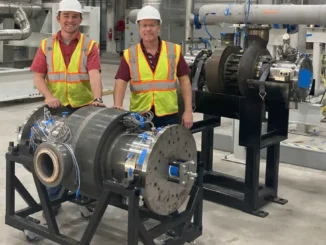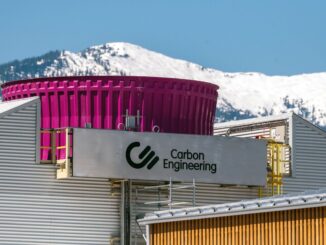
Researchers at The Hong Kong Polytechnic University (PolyU) have developed a durable, highly selective and energy-efficient carbon dioxide electroreduction system that can convert CO2 into ethylene for industrial purposes.
In a paper published in the journal Nature Energy, the scientists explain that ethylene (C2H4) is one of the most in-demand chemicals globally and is mainly used in the manufacture of polymers such as polyethylene, which, in turn, can be used to make plastics and chemical fibres commonly used in daily life. However, it is still mostly obtained from petrochemical sources and the production process involves the creation of a very significant carbon footprint.
To avoid having to use fossil fuels, the research team resorted to green electricity to convert carbon dioxide into ethylene.
The innovation employs an alkali-metal electrolyte and uses pure water as a metal-free anolyte to prevent carbonate formation and salt deposition. The group called their design the APMA system, where A stands for anion-exchange membrane (AEM), P represents the proton-exchange membrane (PEM), and MA indicates the resulting membrane assembly.
When the alkali-metal-free cell stack containing the APMA and a copper electrocatalyst was created, they produced ethylene with a high specificity of 50%. It was also able to operate for over 1,000 hours at an industrial-level current of 10A – a very significant increase in lifespan over existing systems, meaning the system can be easily expanded to an industrial scale.
Further tests showed that the formation of carbonates and salts was suppressed, while there was no loss of CO2 or electrolyte. This is crucial, as previous cells using bipolar membranes instead of APMA suffered from electrolyte loss due to the diffusion of alkali-metal ions from the anolyte. The formation of hydrogen in competition with ethylene, another problem affecting earlier systems that used acidic cathode environments, was also minimized.
Another key feature of the process is the specialized electrocatalyst, which takes advantage of some of copper’s distinctive features. The millions of nano-scale copper spheres had richly textured surfaces, with steps, stacking faults and grain boundaries. These “defects” – relative to an ideal metal structure – provided a favourable environment for the reaction to proceed.
“We will work on further improvements to enhance the product selectivity and seek collaboration opportunities with the industry,” head researcher, Daniel Lau, said in a media statement. “It is clear that this APMA cell design underpins a transition to green production of ethylene and other valuable chemicals and can contribute to reducing carbon emissions and achieving the goal of carbon neutrality.”



